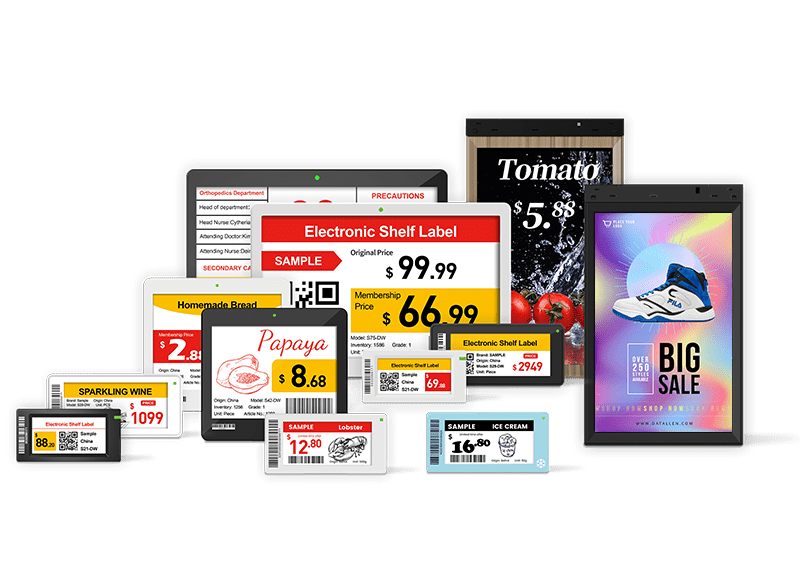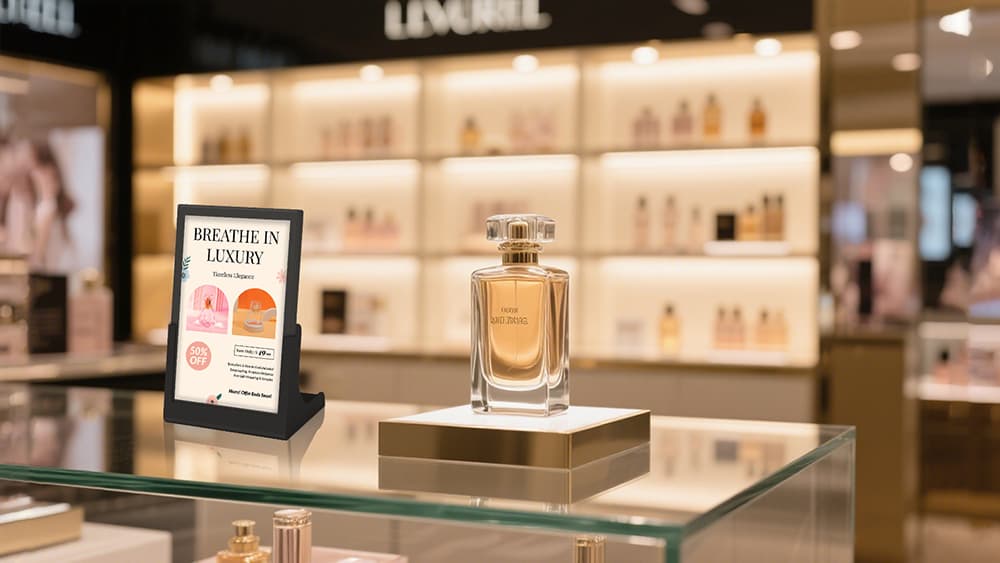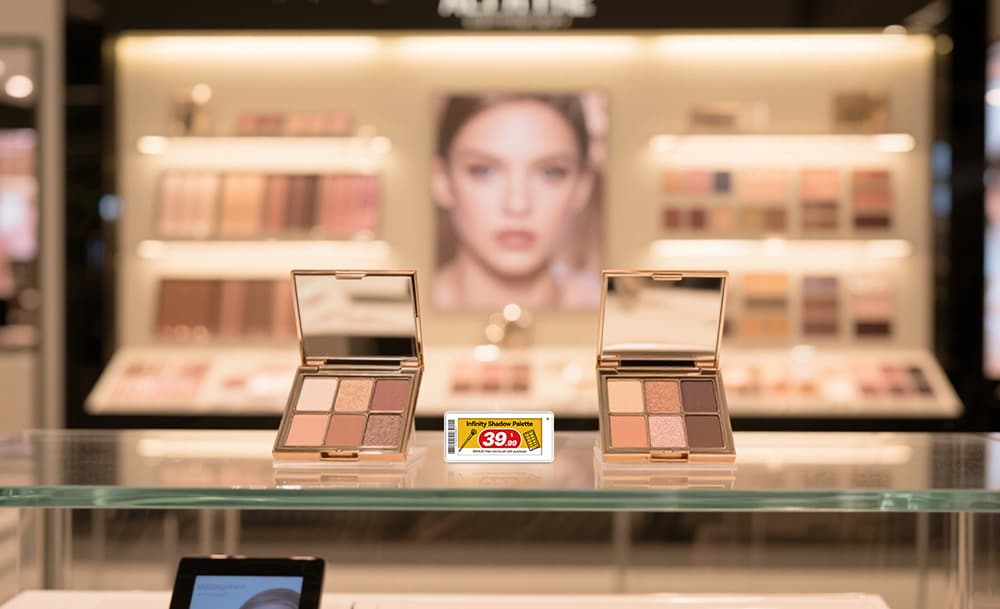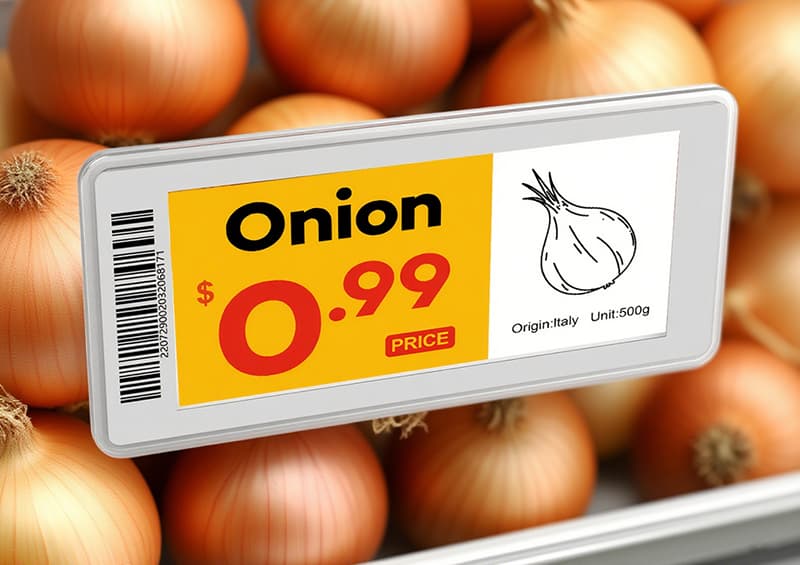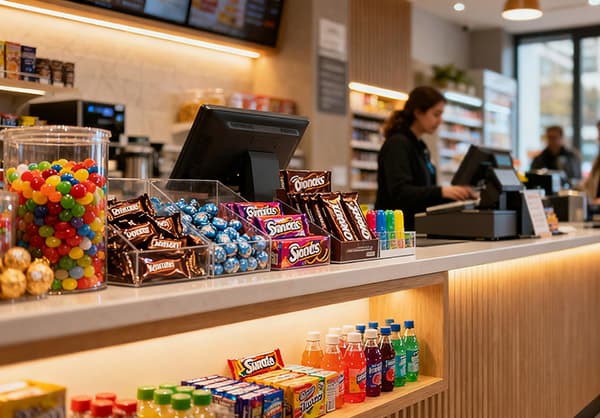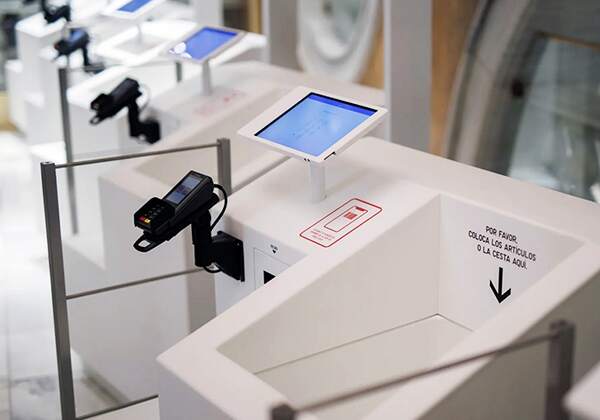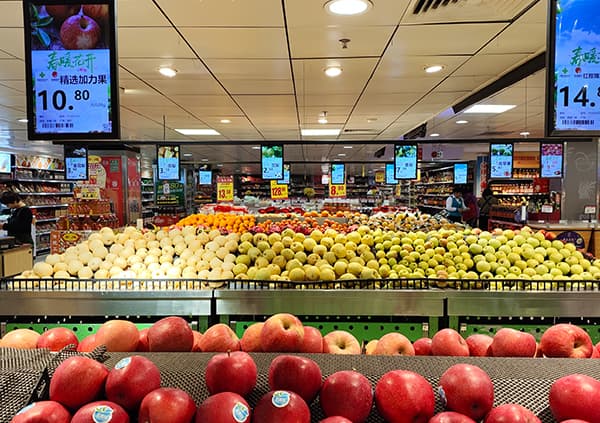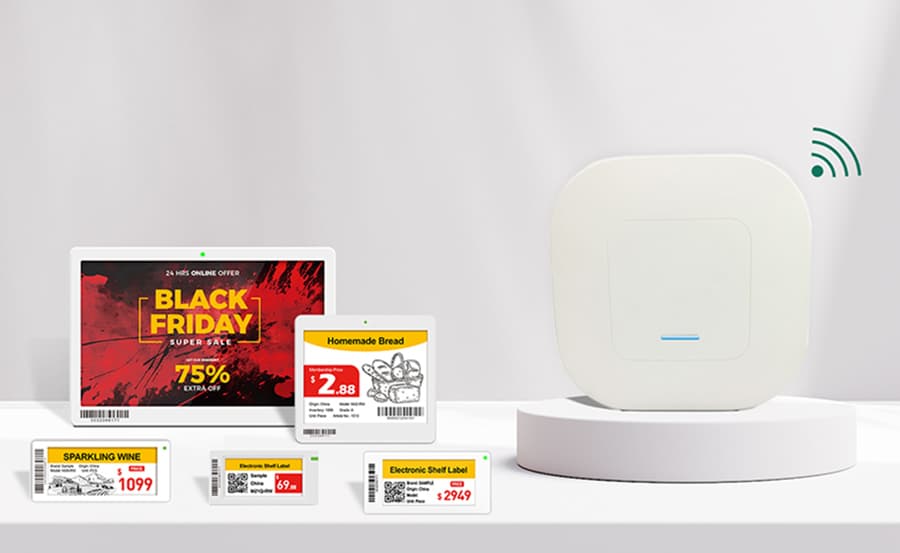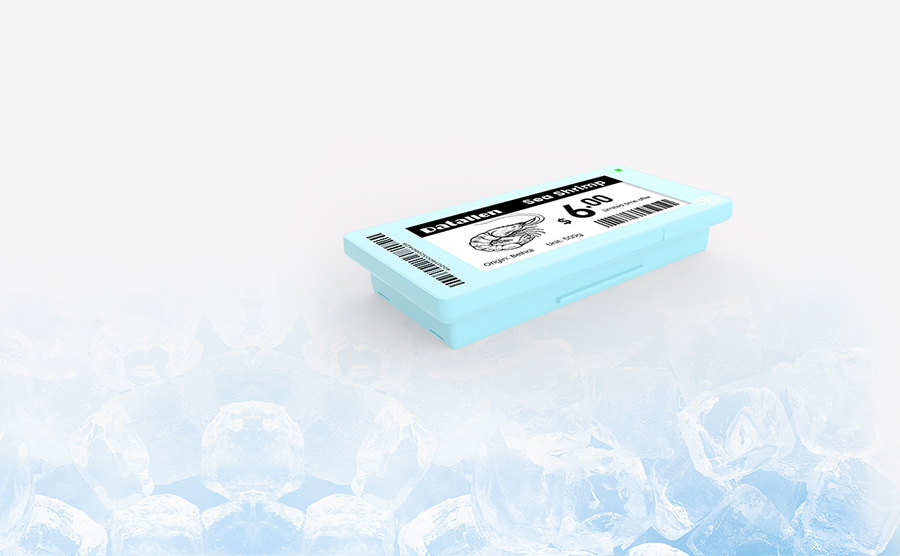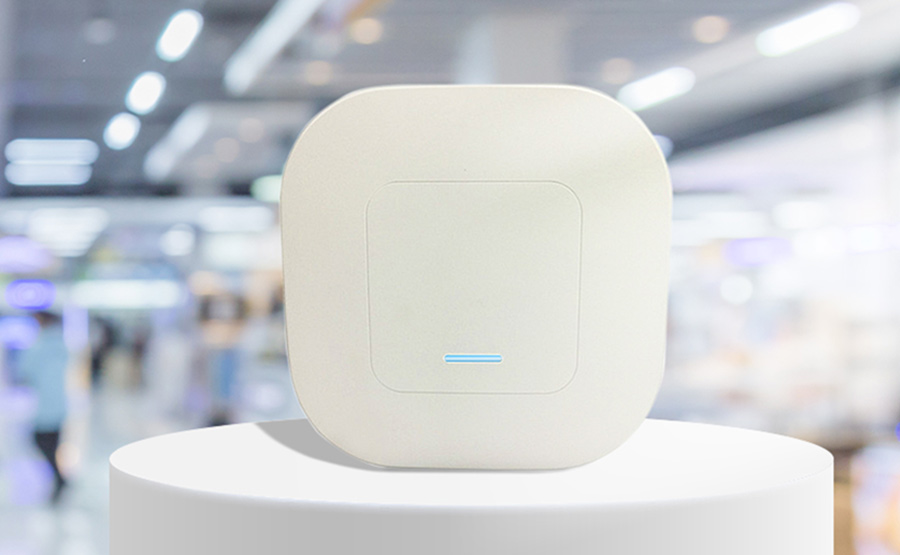Introduction
In the competitive world of beauty retail, a well-designed display can be the difference between a customer walking in and walking out with a purchase. This guide will explore every aspect of beauty boutique/mart display, from its basic concepts to advanced strategies, helping retailers and beauty enthusiasts alike to understand how to make the most of their display spaces.
Understanding the Basics of Beauty Boutique/Mart Display
Definition and Concept
A beauty boutique/mart display refers to the strategic arrangement of beauty products—skincare, makeup, haircare, and fragrances—within a physical retail environment. This involves using shelves, racks, cosmetic display stands for the shop, glass counters, tester areas, and increasingly, digital fixtures. Displays are not only about showing products but also about shaping perception.
The Importance of a Cosmetic Display
Attracting Customers: The window or entrance display often determines whether someone steps inside.
Enhancing the Shopping Experience: A well-zoned space allows customers to explore easily, try products, and feel immersed.
Increasing Sales: Research shows strategic end-cap displays and impulse-buy setups can significantly raise sales figures.
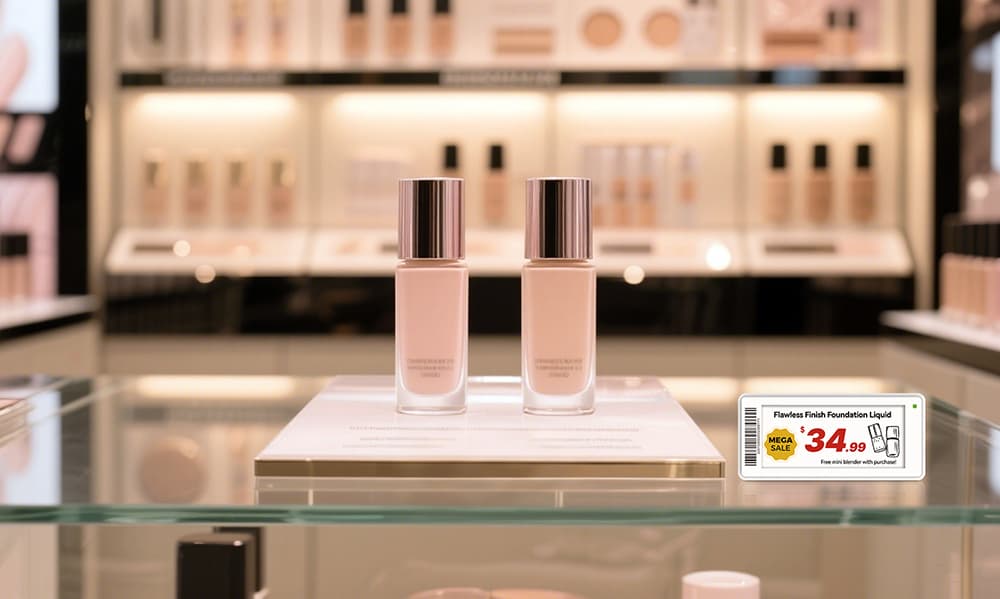
Planning Your Beauty Boutique/Mart Display
Analyzing the Space
· Size and Layout: Measure the store space accurately. A small boutique may require more compact, multi-functional displays to maximize space, while a large mart can afford more elaborate, open-plan setups. Consider the traffic flow of the store. Make sure there are wide enough aisles for customers to move around comfortably and that high-traffic areas, like the entrance and checkout, are used effectively for display purposes.
· Ceiling Height and Wall Space: Tall ceilings can accommodate taller display units, such as floor - to - ceiling shelving for storing larger items like haircare products in bulk. Wall space can be utilized for hanging displays of makeup brushes, nail polishes, or framed posters promoting new product lines.
Knowing Your Target Audience
· Demographics: If your beauty boutique/mart caters to a young, trendy audience, the display might feature bright, modern colors and edgy designs. For example, a store targeting teenagers might use bold, neon - colored fixtures to display the latest makeup palettes. On the other hand, if the target is an older, more sophisticated clientele, a more elegant, subdued color scheme and classic-style fixtures would be more appropriate.
· Shopping Habits: Understand how your customers shop. Do they prefer to browse leisurely, or are they in a hurry and looking for specific items? If they're the former, create cozy nooks with comfortable seating where they can sit and explore products. If they're the latter, make sure essential products are easily accessible and clearly labeled.
Setting a Theme
· Seasonal Themes: Seasonal themes are a great way to keep the display fresh. For spring, a display could be centered around floral-scented skincare products and pastel - colored makeup. During the holiday season, a luxurious, glittery theme can be used to showcase high-end makeup and fragrance gift sets.
· Brand - Specific Themes: If you carry a particular brand with a strong identity, base the display on its brand values. For example, a natural beauty brand might have a display with wooden fixtures, greenery, and earth-toned packaging to convey its eco-friendly and organic image.
Merchandising Best Sellers and New Arrivals
· Highlighting Best-Sellers: Place best-selling products in prime locations, such as at the end of aisles or in the center of a display. Use signage to indicate that these are top-selling items. For example, if a particular brand of mascara is a best-seller, create a small display dedicated to it with a sign saying "Our 1 Selling Mascara!"
· Showcasing New Arrivals: Set up a special "New In" section near the entrance of the store or in a highly visible area. Use unique fixtures or lighting to draw attention to new products. You can also offer samples of new arrivals to encourage customers to try them.
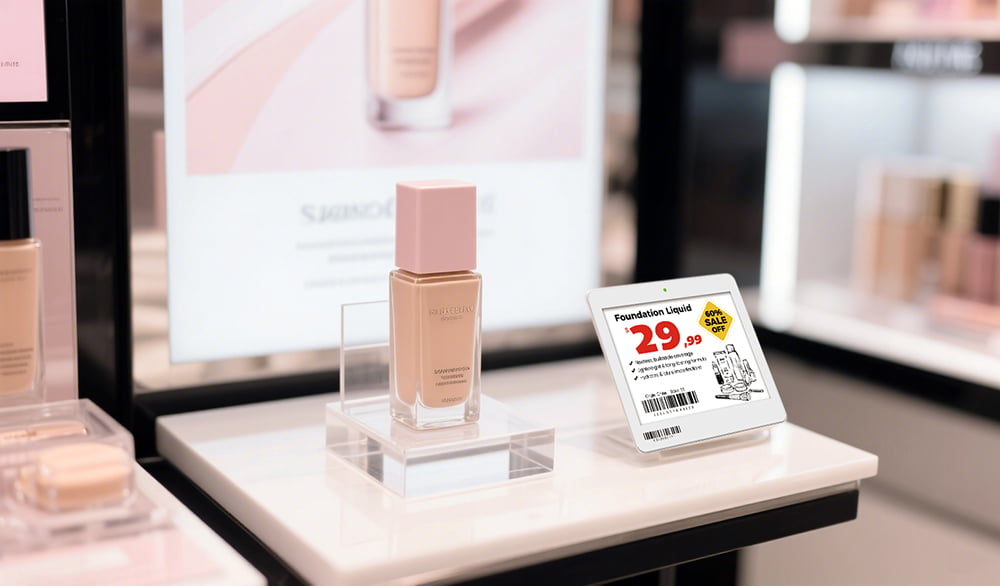
Professional Makeup Display Ideas
Color Coordination
· Harmonious Color Schemes: Choose colors that complement each other. For a calming, spa-like feel in the skincare section, use a color scheme of blues and greens. In the makeup area, if you want to create a vibrant, energetic look, pair bright reds with pinks and oranges.
· Using Color to Highlight Products: Use contrasting colors to make products stand out. For example, placing dark - colored lipstick tubes on a light - colored display shelf will make the lipsticks more visible.
Layout and Organization
· Zoning: Divide the store into different zones based on product categories. Have a dedicated skincare zone, a makeup zone, a haircare zone, and a fragrance zone. This makes it easier for customers to navigate the store.
· Product Grouping: Group products within each zone by sub-sub-categories. In the makeup zone, group eye makeup together (eyeliner, eyeshadow, mascara), lip makeup together, and face makeup together. You can also group products by brand or price range for added clarity.
Fixture Selection
· Shelves: Choose shelves with adjustable heights to accommodate different product sizes. Slatwall shelves are versatile and allow for easy attachment of hooks and baskets, which can be used to display smaller items like lip glosses or sample vials.
· Racks: For hanging products such as hairbrushes or body mists with sprayers, use wire racks. They provide a clean, uncluttered look and make products easily accessible.
· Display Cases: Glass display cases are ideal for high-end or limited-edition products. They add a touch of luxury and protect the items from damage and theft.
Importance of Lighting
· Highlighting Products: Proper lighting can make products look more appealing. Use spotlights to draw attention to specific products, such as a high-end perfume bottle or a new makeup collection. Soft, diffused lighting can create a flattering glow on skincare products, making them look more luxurious.
· Setting the Mood: Lighting also plays a role in setting the mood of the store. Warm, yellow-toned lighting can create a cozy, inviting atmosphere, while cool, white - toned lighting can give a more modern, clinical feel. For a beauty boutique that wants to convey a sense of relaxation, like a spa-inspired store, warm lighting would be more suitable.
Creating Atmosphere with Scent and Music
· Scent: Use scents to enhance the shopping experience. In the skincare section, a calming lavender scent can be diffused to create a relaxing atmosphere. In the fragrance section, samples of different perfumes can be sprayed to fill the air and entice customers to explore more.
· Music: Choose music that matches the target audience and the mood of the store. A trendy, upbeat playlist might be suitable for a beauty boutique targeting a young, fashion-forward crowd, while a more classical or ambient music selection could be played in a high-end, luxury beauty mart.
The Role of Digital Technology in the Cosmetics Industry
Digital technology is reshaping the cosmetics industry, transforming how brands engage with customers and manage operations. International beauty leaders like Sephora and L’Oréal have adopted AR virtual try-on tools, allowing shoppers to test lipstick or foundation shades without physical samples. AI-powered skin analysis devices help personalize recommendations, while mobile apps integrate loyalty programs with in-store experiences.
Among the most practical innovations are digital signage and digital price tags. Digital signage delivers dynamic content such as tutorials, promotional videos, and real-time campaign updates, turning store walls into interactive storytelling spaces.
Digital price tags, on the other hand, ensure accurate, real-time pricing and multilingual support while reducing staff workload. They also integrate QR codes, enabling shoppers to access product details instantly. Together, these technologies not only enhance customer engagement but also streamline retail management, making beauty boutiques smarter and more efficient.
Optimizing and Sustaining Beauty Displays
Regular Cleaning and Upkeep
· Product Cleaning: Keep products clean and free of dust. Wipe down product packaging regularly, especially in high-traffic areas. For makeup products, make sure testers are clean and sanitized to maintain hygiene.
· Fixture Cleaning: Clean display fixtures, such as shelves, racks, and display cases, regularly. This keeps the store looking presentable and makes products stand out better.
Inventory Management to Display
· Stock Rotation: Rotate stock to ensure that older products are sold first. This is especially important for beauty products with expiration dates. When restocking a display, place older products in front and new ones at the back.
· Replenishing Stock: Keep an eye on product levels in the display and replenish stock as needed. Empty spaces in a display can make the store look unkempt and may lead to lost sales opportunities.
Monitoring and Adjusting the Display
· Customer Feedback: Pay attention to customer feedback. If customers are having trouble finding certain products or if they comment on the layout or design of the display, take their suggestions into account and make adjustments.
Sales Data Analysis: Analyze sales data to see which products are selling well and which ones are not. Based on this data, you can adjust the display to give more prominence to high-selling products and find new ways to promote slower-moving items.
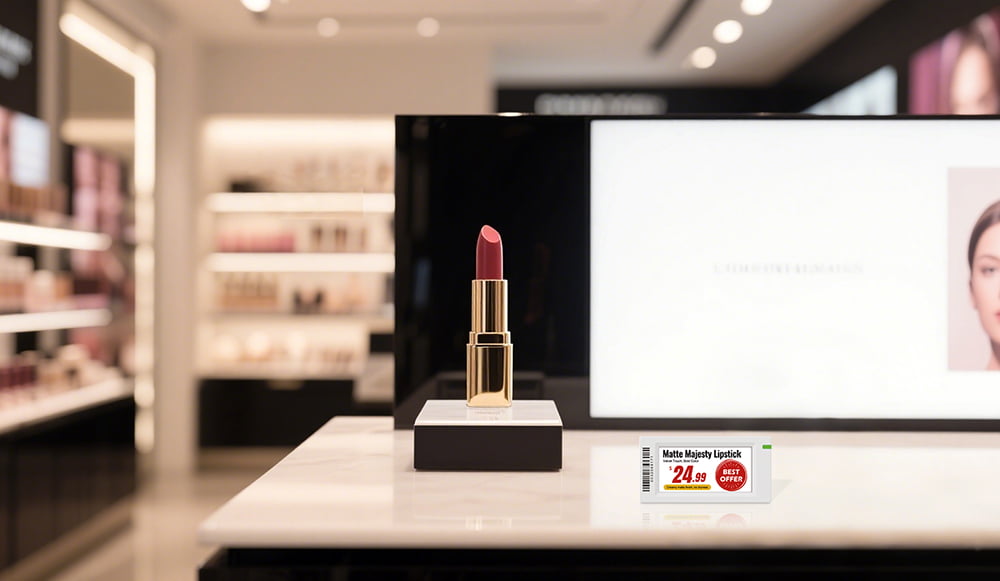
Global Market Practices & Case Studies
The design of beauty boutique/mart displays varies widely across regions, shaped by culture, consumer behavior, and retail strategies. Looking at practices from around the world highlights how display innovation adapts to different markets—and what other retailers can learn.
United States: Immersive, Multifunctional, and Tech-Enhanced
In the US, immersive experiences dominate. Chains like Sephora blend digital tools such as skin analysis apps with physical interactivity, creating spaces that feel like playgrounds for beauty enthusiasts. Ulta mixes retail with salon services, turning the store into a multifunctional hub where customers can browse, test, and receive treatments in one visit.
Smaller independent boutiques in New York, meanwhile, compete with giants by using modular wooden cosmetic display stands for shops, seasonal storytelling, and Instagrammable corners to attract younger shoppers.
Middle East: Opulence and Exclusivity
In markets like Dubai or Riyadh, luxury is king. Displays are opulent, fragrance-focused, and emphasize exclusivity. Many beauty boutiques in the region resemble high-end jewelry stores, using gold accents, mirrored counters, and carefully crafted lighting to elevate the shopping experience. This focus on prestige explains why perfumes and luxury skincare dominate the display strategy.
Asia: Compact, Tech-Savvy, and Data-Driven
Asia, especially Japan and Korea, leads with space-efficient and technology-driven designs. Compact stores make clever use of vertical layouts, AR mirrors, and QR codes. Pop-up stores and K-beauty counters prioritize aesthetics and digital fusion, ensuring every display is Instagrammable. At the same time, many Asian retailers now adopt data-driven approaches—tracking foot traffic, adjusting layouts based on consumer flow, and testing which cosmetic display stands for shops to maximize dwell time and conversion.
Future Trends in Beauty Supply Displays
Sustainability: Eco-conscious consumers push for recyclable materials, zero-waste packaging, and digital price tags.
Phygital retail: The blend of physical and digital, where apps extend the in-store experience.
Personalization: AI-driven recommendations, personalized screens that display tailored product suggestions.
Community-driven retail: Stores becoming gathering spaces, with workshops, influencer events, and co-creation labs.
The next decade will see displays evolve into dynamic, interactive ecosystems.
Conclusion
A well-executed beauty boutique/mart display is a complex and dynamic aspect of beauty retail. It requires careful planning, creative design, and continuous maintenance. Remember, the beauty boutique/mart display is not a static entity; it should evolve with the seasons, new product launches, and changes in customer preferences to stay relevant and engaging.
For more insights, check out:
1. The Importance of Digital Transformation in the Retail Industry
2. Home Appliance Store Display Designs That Win in a Competitive Retail Market
3. Innovative beauty retail: smart solutions enhance store experience
4. 2025 Innovative Retail Shop Display Ideas: Crafting Memorable Retail Experiences
5. Creative Gift Store Display Ideas for Maximum Impact
6. What Makes a Smart Pharmacy Better with E Ink Price Tag?

